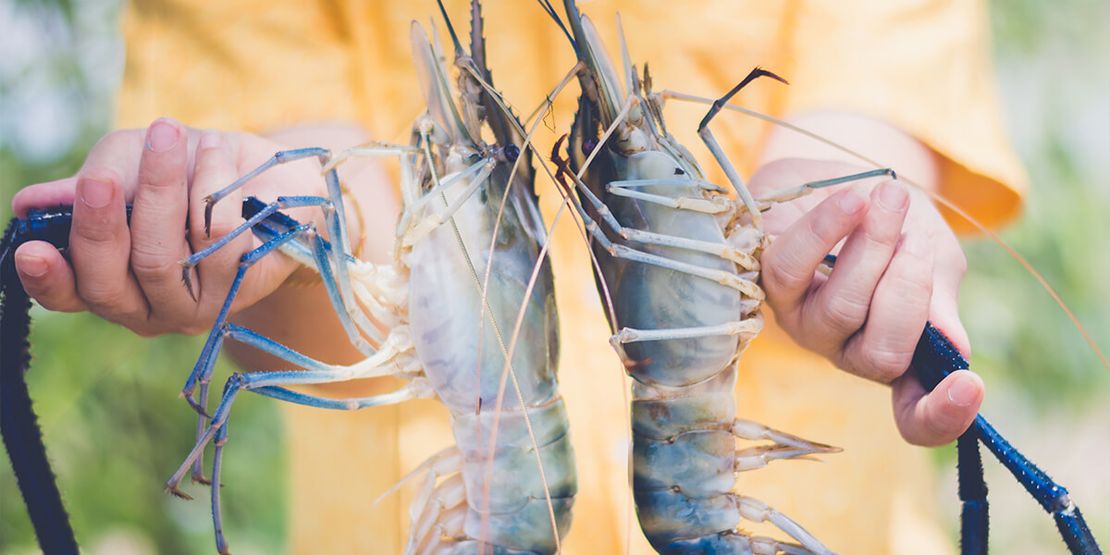Maximizing Shrimp Farming with Top IoT Systems: A Complete Review
Integrating IoT systems in shrimp farming has ushered in a new era of efficiency and sustainability. These technological advancements empower farmers to monitor and control critical parameters remotely, enhancing the overall profitability of shrimp farms. In this review, we delve into some of the best IoT systems for shrimp farming, highlighting their pros and cons.
#1 Aquaculture Management System (AMS)
Pros:
- Comprehensive Monitoring and Control
- AMS offers an extensive suite of features, allowing real-time monitoring and control of crucial parameters such as water quality, temperature, and pH levels.
- Real-Time Data Analysis
- The system provides farmers with insightful data analysis, enabling them to make informed decisions about their operations.
- Improved Feed Management
- AMS assists in optimizing feed usage and reducing waste, contributing to cost-effective and sustainable farming practices.
Cons:
- High Initial Investment
- Implementing AMS involves a significant upfront cost, which may be a barrier for smaller farms.
- Technical Knowledge Required
- Farmers need a certain level of technical expertise to effectively use the system.
- Dependence on Internet Connectivity
- The system's functionality relies on a stable internet connection, posing challenges in areas with connectivity issues.
#2 Smart Aqua Monitoring System (SAMS)
Pros:
- Real-Time Monitoring of Critical Parameters
- SAMS provides farmers with real-time data on essential parameters such as water temperature, pH levels, and dissolved oxygen.
- Cloud-Based Accessibility
- Being a cloud-based system, SAMS allows farmers to access information from any device, enhancing flexibility.
- Real-Time Alerts
- The system sends immediate alerts, enabling prompt corrective action in response to deviations.
- User-Friendly Interface
- SAMS boasts a user-friendly interface, making it accessible to farmers with varying levels of technical expertise.
Cons:
- Dependence on Internet Connectivity
- Like many cloud-based systems, SAMS requires a reliable internet connection for optimal functionality.
- High Initial Investment
- The initial investment for implementing SAMS can be substantial.
#3 Aqua IoT
Pros:
- Real-Time Monitoring of Critical Parameters
- Aqua IoT provides farmers with real-time data on water temperature, pH levels, and other essential parameters.
- Real-Time Alerts and Notifications
- The system delivers immediate alerts and notifications, ensuring quick response to any deviations.
- Affordable
- Aqua IoT is positioned as a more budget-friendly option compared to some other systems.
- Easy Installation and Use
- The system is designed to be user-friendly, with easy installation and straightforward operation.
Cons:
- Limited Monitoring Capabilities
- In comparison to more comprehensive systems, Aqua IoT may have limitations in terms of monitoring capabilities.
- Dependence on Internet Connectivity
- Like other IoT systems, Aqua IoT relies on a stable internet connection for optimal performance.
Making Informed Choices for Sustainable Shrimp Farming
In conclusion, the adoption of IoT systems has reshaped the landscape of shrimp farming, offering farmers tools to enhance efficiency, sustainability, and profitability. The systems mentioned above represent some of the best options available, each with its own set of features and considerations. When selecting an IoT system for a shrimp farm, farmers must carefully assess their specific needs, budget constraints, and technical capabilities to make informed choices that align with their goals for successful shrimp cultivation.
Recommended for you
Holidays in Thailand: Celebrating New Year’s Eve with a Bang
Marc Tubelleja (Curious Bear)
Travel to Phuket: Day 2 Trip to Down South
Shane, The Bear Traveler















